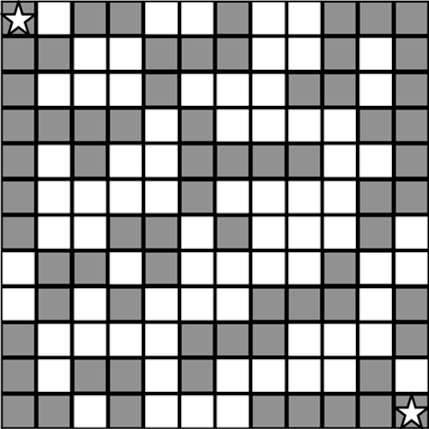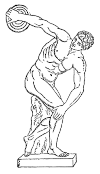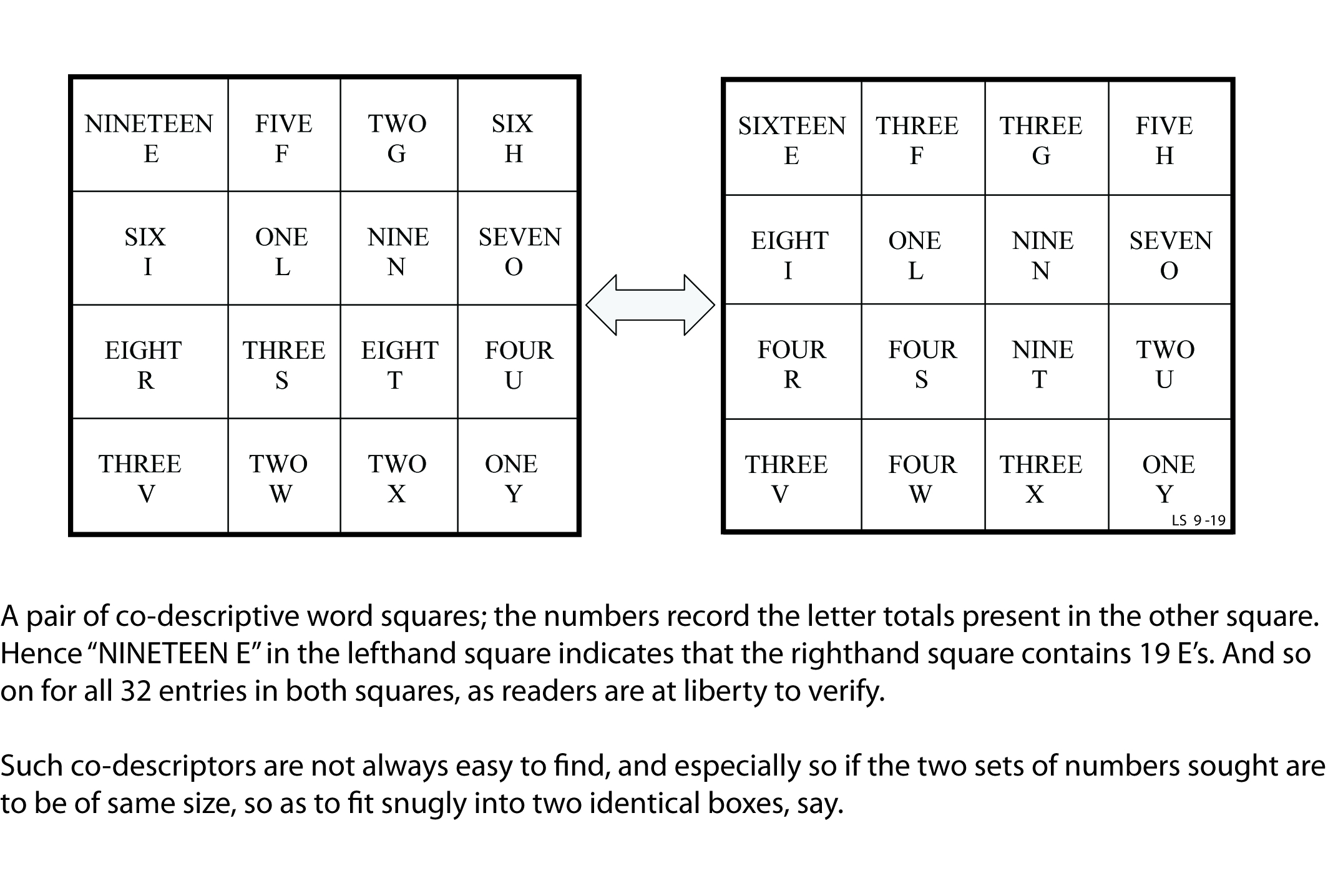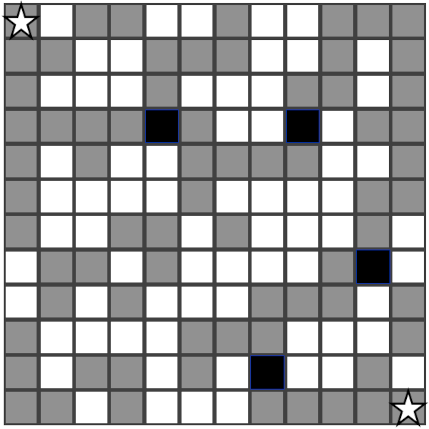Local Talk
“Improprieties in pronunciation” among the people of New England in 1808, collected by Caleb Bingham and published in The Child’s Companion:
afraid: afeard apron: apun audacious: outdacious bonfire: burnfire brittle: brickle cards: cairds caught: cotch coin: quine cucumber: cowcumber dictionary: dixonary drain: dreen earth: airth fanciful: fancical five pence: fippence gown: gound grasshopper: hoppergrass jaundice: janders musician: musicianer poplar: popple quart: quairt quotient: coshun sassafras: saxafax turtle: turcle tutor: tutorer umbrella: amberrillar Vermont: Vermount walnut: warnut watermelon: watermillion
“It is not to be supposed that they are all in common use in every part of New England. Some of them are local. In general, however, they are used more or less in all the New England States.”
C Change
How can we make sense of this passage, composed by Willard R. Espy?
The Optic Reed has a Haste Harm. It Hose, one assumes, not to be Lever; it neither Heats the Ripple, nor Hides the Razed sinner for his Rude Rime; it is not Old. Then Leave to it; ere thy grave Loses, thou mayst find here the Hart to the Rest thou Ravest to Limb.
Upside Down

A doubly true equation by Basile Morin.
Round Numbers
A circle is divided into six sectors, into which are written (say, counterclockwise) these numbers:
1, 0, 1, 0, 0, 0
You can increase any two neighboring numbers by 1. By doing this repeatedly, is there a way to make all six numbers equal?
Yes or No
A problem by Nikolai Rozov:
“If the brainteaser you solved before you solved this one was harder than the brainteaser you solved after you solved the brainteaser that you solved before you solved this one, was the brainteaser you solved before you solved this one harder than this one?”
Grime Dice
This remarkable phenomenon was discovered by Cambridge mathematician James Grime. Number five six-sided dice as follows:
A: 2, 2, 2, 7, 7, 7
B: 1, 1, 6, 6, 6, 6
C: 0, 5, 5, 5, 5, 5
D: 4, 4, 4, 4, 4, 9
E: 3, 3, 3, 3, 8, 8
Now, on average:
A beats B beats C beats D beats E beats A
and
A beats C beats E beats B beats D beats A.
Interestingly, though, if each die is rolled twice rather than once, then the first of the two chains above remains unchanged except that D now beats C — and the second chain is reversed:
A beats D beats B beats E beats C beats A.
As a result, if each of two opponents chooses one of the five dice, a third opponent can always find a remaining die that beats them both (so long as he’s allowed to choose whether the dice will be rolled once or twice).
(Ward Heilman and Nicholas Pasciuto, “What Nontransitive Dice Exist Among Us?,” Math Horizons 24:4 [April 2017], 14-17.)
Correspondence
Excerpts from letters received by the British pensions office, quoted in George Lyttelton’s Commonplace Book, 2002:
- Mrs R. has no clothes, has not had any for many years. The clergy have been visiting her.
- In reply to your letter, I have already cohabited with your officers, so far without any result.
- You have changed my little boy to a little girl. Will this make any difference?
- Please send money at once, as I have fallen in errors with my landlord.
- I have no children, as my husband is a bus-driver and works all day and night.
- In accordance with your instructions, I have given birth to twins in the enclosed envelope.
- I have been in bed with the doctor for a week, and he does not seem to be doing me any good. If things don’t improve I shall have to get another doctor.
- Milk is wanted for the baby, and the father is unable to supply it.
- The teeth on top are all right, but the ones in my bottom are hurting terribly.
Road Work

By Wikimedia user Efbrazil. Fill in four squares to make a continuous dark path connecting the stars. No diagonal moves are allowed.
“Discombobulated Discobolus”

When I went out to throw the discus
I went and sprained some little viscus.
Since that disruption of my viscera
I don’t go out and throw the discera.
— Don Laycock


